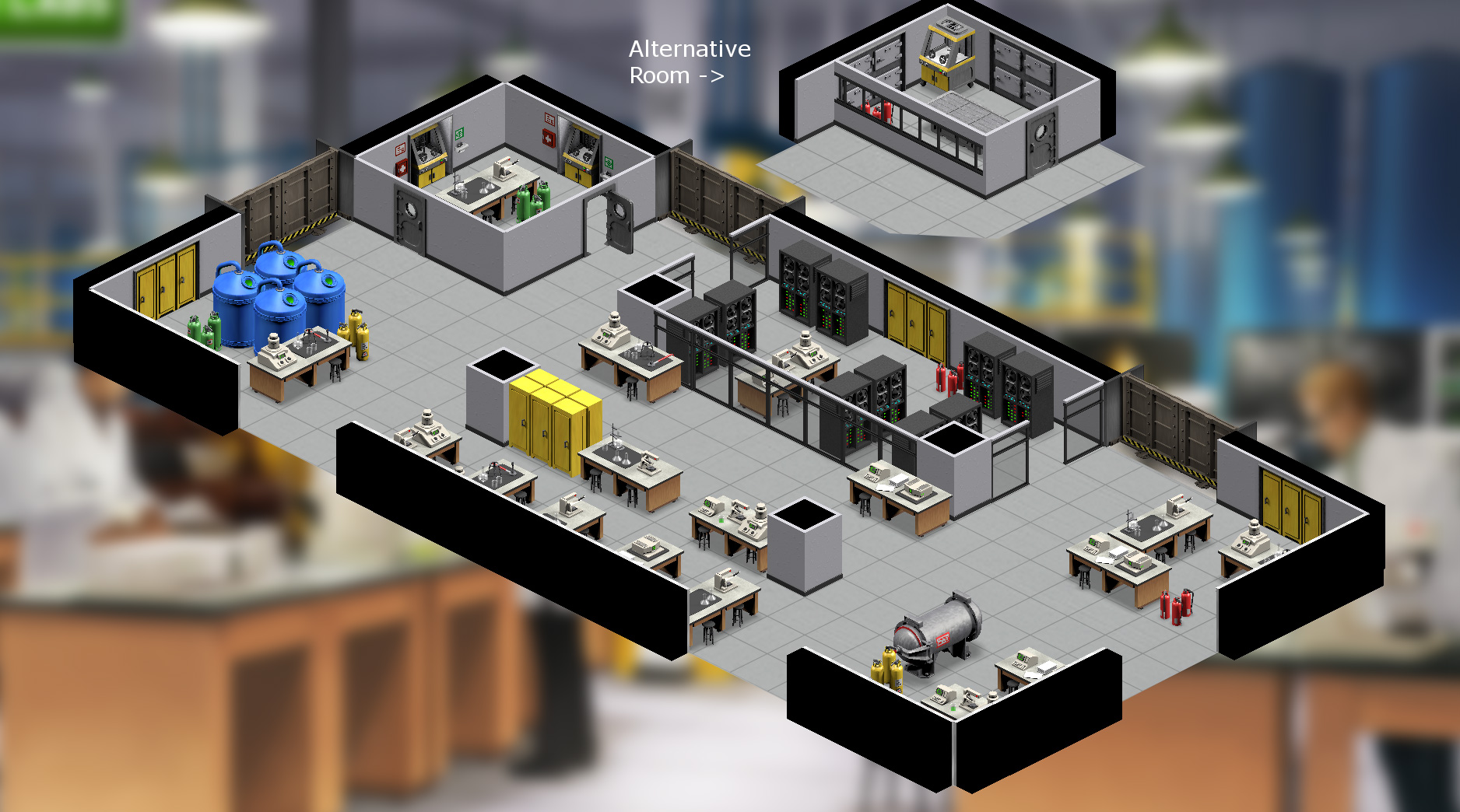
It’s a simple pausable real-time tactics challenge about maneuvering up to three planes on a 2D battlefield, so that your planes remain outside the enemy’s firing arcs while keeping their targets in their own sights. I do like where Xenonauts was going with its entirely original UFO-interception minigame. When someone gets killed, it doesn’t tell you who it was until the end of the mission - it just hides their portrait and makes you use the process of elimination to figure it out. Oftentimes you’re shown that you have line-of-sight on an enemy, but can’t shoot them for unknown reasons - rounded objects (the landed UFOs) are especially hard to shoot around. It’s awful at showing you where your annoyingly inaccurate grenade tosses actually land, so you should probably just run in case it landed at your feet. Play It’s particularly difficult because Xenonauts does a terrible job of telling you important stuff, like whether you’re actually benefiting from cover (corners, for example, don’t do squat). Losing even one or two experienced troops per mission and having to replace them with green recruits makes it difficult to gain momentum. Getting over the initial hump of catching up to the aliens technologically is a major battle, and avoiding casualties long enough to get some veteran soldiers isn’t easy. Eventually I was forced to turn it down to Normal even then, it’s no joke. Challenge is great, but as someone who beat X-COM: Terror From The Deep on Superhuman (though I did not ironman it), I found Xenonauts punishingly brutal on the Veteran difficulty described as being tuned for people who’d played X-COM. They all look like ants from up here.Xenonauts also embraces X-COM’s legendary difficulty, though it goes a little overboard by correcting several of the classic’s favorable imbalances (manufacturing laser rifles for cash, super-powered psi soldiers, and waypoint-programmable Blaster Launchers) without scaling back the alien threat to compensate. I’ve been running Xenonauts at 1366x768 and blown it up to fit my 1920x1080 screen - it still doesn’t give these tiny sprites anywhere near the character of the big-headed sectoids of old, since they’re still undetailed and mostly bland, but it at least makes them big enough on screen that they feel important. There’s some cool concept art showing detailed lizard men and chryssalid stand-ins (called reapers) that you’ll see in the research and database screens, but the characters on the tactical battlefields are tiny and lacking in personality in both design and animation. For example: it’s drab-looking, and that criticism has nothing to do with it being a 2D, sprite-based game.
#Xenonauts base power core update#
And yet for an update to a classic that aims to bring that gameplay to a new modern audience, Xenonauts is disappointingly unambitious and unpolished in a lot of ways. Should you spend a big chunk of money on a new base to protect more of your funding countries with radar and interceptors to protect your cash flow, or do you hire a large team of scientists and engineers to accelerate your technological development? Do you concentrate on developing weaponry for a strong offense, or tough armor for a strong defense? Xenonauts even gives a few new options for both, with gear like riot shields that make equipping stun batons (for taking enemies alive) less of a suicide mission, and actual shotguns, sniper rifles, and heavy machine guns make arming a soldier to complement his unique stats, like strength, time units (aka speed), and bravery something you have to consider. Survival requires intense attention to detail and resource management, and almost every decision feels weighty. (If someone dies in tactical combat, they’re dead on the strategic layer, too.) So does the way the flexible time unit system puts every step they take in your direct control. The fact that each of your renamable soldiers is an extremely fragile mortal that can be permanently struck down in an instant by a plasma bolt from the darkness or turned into a zombie with a single touch adds an incredible high-stakes tension.

(An average campaign will take roughly 15 or 20 hours.) Building a base to research and manufacture advanced weaponry on the global strategic level, then using that weaponry to kill aliens in the squad-based tactical mode on randomized, destructible maps and bring back their technology for further development ties the two together in numerous interesting ways. Structurally, it nails almost all of what makes X-COM my favorite game of all time, and kept me largely happy for the roughly 80 hours I’ve played. 29 Images In most respects - perhaps too many - Xenonauts is the X-COM follow-up we should’ve had in 1998.


 0 kommentar(er)
0 kommentar(er)
